03. Allegro impetuoso 6:56
7 Fiddle Tunes op. 12 a-g*
04. a) Raudmyr-hallingen 1:42
Poco pesante
05. b) Tjøstul Blesterbakken, gangar 6/8 3:23
Allegro moderato
06. b) Eskvam-halling 1:05
07. c) Tussane i Raudmyr, springar 2:23
Allegro capriccioso
08. d) Vetlvonsbruri, gangar 2/4 1:16
09. f ) Halling 2:28
10. g) Krokbakkjen, springar 1:57
Tvileikar op. 19-5 cacce per 4 strumenti ad libitum*
11. Andante con moto 1:18
12. Moderato 1:05
13. Allegro moderato 1:08
14. Adagio 2:21
15. Allegro 0:58
Music for violin and piano
16. Air for violin and piano* 1:49
Andante con moto
17. Serenade for violin and piano* 2:03
Allegretto
18. Porbjörgs melodi for violin and piano* 1:25
Poco allegro
19. Ernas melodi for violin and piano* 1:04
Andante
20. Melodia per strumenti a corda Op. 15b* 4:44
Poco adagio
Tor Johan Bøen - violin/Hardanger fiddle
Eirik Haug Stømner - piano
Fragaria Vesca
This release brings seven world premieres of chamber music and Hardanger fiddle compositions by Olav Kielland, one of Norway’s most significant yet rarely performed composers. Inspired by myths and poetry, his works have been rediscovered through the meticulous research of violinist and musicologist Tor Johan Bøen, who has prepared new editions from Kielland’s manuscripts. Now, these long-hidden musical “wild seeds” are finally reaching a wider audience, marking a major event in the international music world.
kr 368,75
196 in stock
Release date:
EAN : 7033662014149
Cat.No.: PSC1414
Priskategori : CD
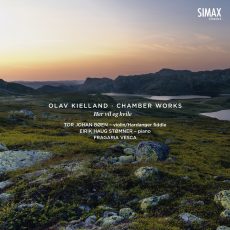
Olav Kielland: Chamber Works – Her vil eg kvile
Tor Johan Bøen
Sigurd Lie – Complete Chamber Music
Jonas Båtstrand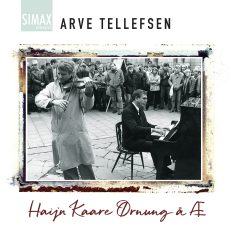
Haijn Kaare Ørnung å Æ
Arve Tellefsen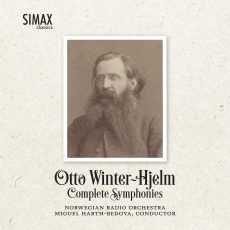
Otto Winter-Hjelm Complete Symphonies
Norwegian Radio Orchestra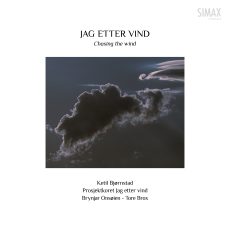
Jag etter vind / Chasing the Wind
Ketil Bjørnstad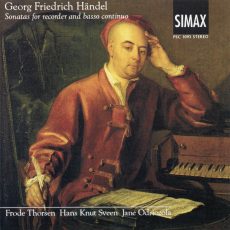
Händel: Sonatas for Recorder
Frode Thorsen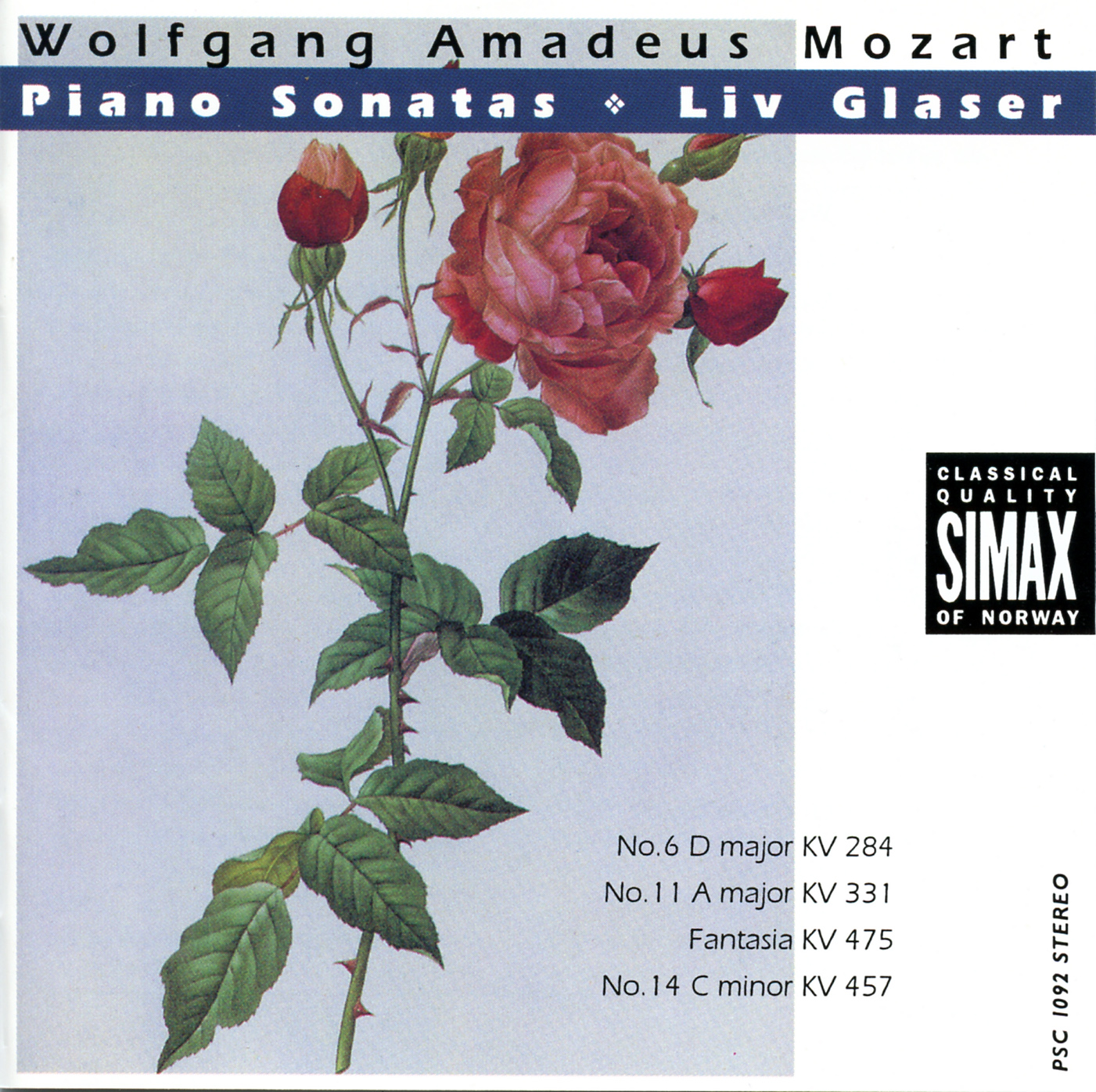
Mozart Piano Sonatas, Vol. 2
Liv Glaser